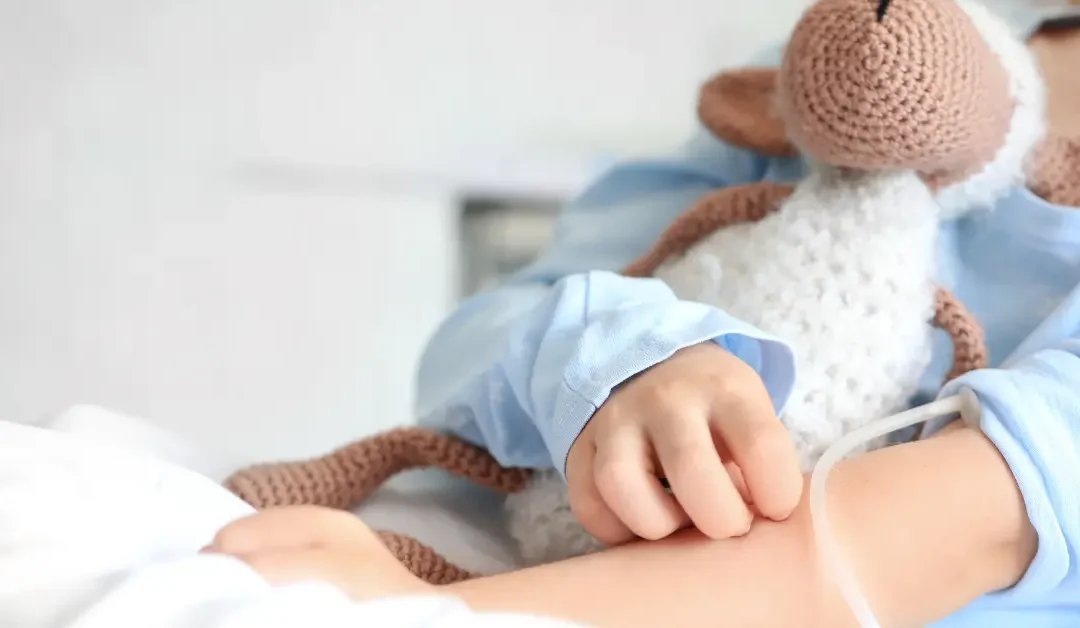The CHI hip surgery review has uncovered serious issues in paediatric care, prompting an apology from CHI and a commitment to reform.

Torticollis, or wry neck, literally means “twisted neck” in Latin. Torticollis is a broad category of disorders that involves twisting, flexion and extension of the neck muscles beyond their normal position. The definition of torticollis translates as ‘twisted neck’ where the neck tends to twist to one side causing the head to tilt. The condition can either be slow to develop (if there is a history of the condition in the family) or acutely, if the result of trauma, or even as an adverse reaction to medications. In newborns, torticollis can happen due to positioning in the womb or after a difficult childbirth. This is called infant torticollis or congenital muscular torticollis.
When the disorder occurs in people with a history of the condition running in the family, it is known as spasmodic torticollis (or cervical dystonia). The twisting of the neck is initially spasmodic (whereby the neck muscles contract involuntarily). This can lead to abnormal movements and awkward posture of the head and neck and begins to present itself between the ages of 31-50 years old. The condition is likely to become permanent if left untreated.
Bending or twisting the neck too far can lead to acute torticollis. There are few symptoms of this element of the condition, although the person suffering from it will feel uncomfortable and tend to hold their head to the side or hold in a straight forced position.
Acute torticollis in adults can be caused by many different conditions. Trauma to the spine or the neck can lead to torticollis. Injuries to the cervical spine or neck muscles often result in muscle spasms which leads to the twisting of the head (a main characteristic of the condition.)
Infections to the head or the neck can also cause the condition to manifest. These infections can cause an inflammatory torticollis secondary to inflamed glands and lymph nodes in the neck. The muscles overlying the lymph nodes may contract. Torticollis may be associated with abscesses of the upper airway or throat. These situations can be life-threatening.
Torticollis can happen in people with no previous neck symptoms. It may be due to a minor sprain or irritation of a neck muscle or ligament. Some reasons for this include:
Acute torticollis symptoms develop quickly. The pain is usually on one side of the neck and stiffness of the muscles in that area will cause the neck to twist to one side. The pain can spread to the back of the head or to the shoulder. Pressure on certain areas may trigger a spasm of these muscles, restricting movement of the neck.
Other causes of torticollis include cervical dystonia which is a problem where abnormal movements and postures develop in the head and neck. These can be either twisting (torticollis), being pulled forwards (anticollis), backwards (retrocollis). Cervical dystonia can range from being mild to severe. The most effective method of treatment for this are regular injections of botulinum toxin, which paralyses the affected muscles.

Head of Client Services
F: 1800-844-104
E: [email protected]
”At Coleman Legal, excellence in customer care is paramount. We aim to meet both prospective and existing clients’ needs professionally and in a friendly manner with a clear objective of giving quality legal advice and reaching a positive outcome.”